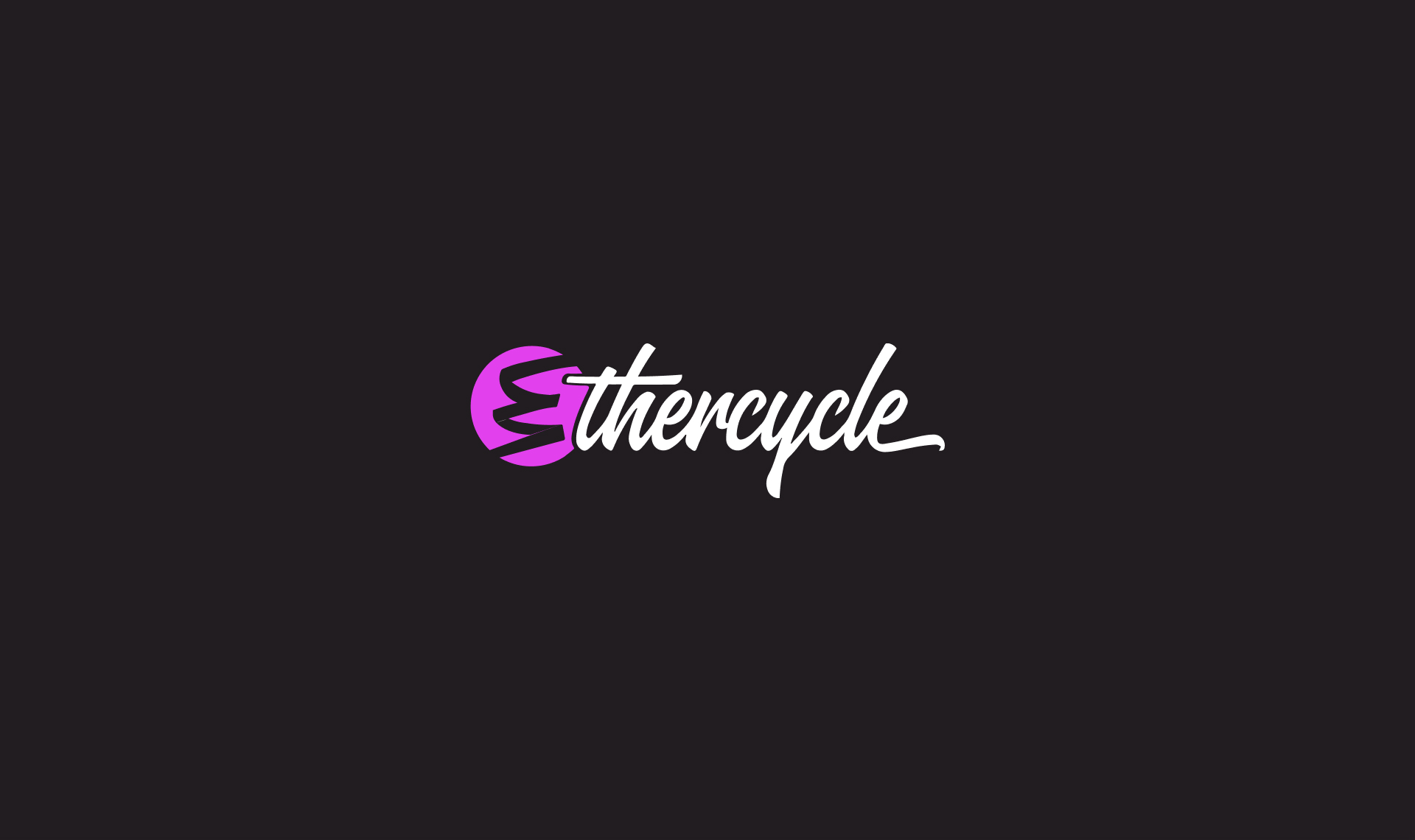
This particular topic came from someone running a mattress store. This is an extremely competitive space and tight market. Despite being in a difficult market, there are still some tips that can apply to everyone.
- strong>Analyze the quality of your traffic. Where are they being directed from? If it’s all cold, you’re going to have problems with conversion.
- Is your store set up ideally for your target audience? If you are an international store, make sure your currency converters are functioning and that your product descriptions are welcoming to those different markets. Clean graphics and overall brand guidelines give a more polished professional feel as well.
- Talk to those who aren’t purchasing. Set up a live chat widget on your site that’s manned by someone. This way you can address objections in real time. After 30 days analyze the data and see if any common questions came up to address.
- Utilize an exit intent pop up. The free Hotjar plan is my favorite for this. The way it works is when the person’s mouse goes up out of the browser viewport, a window pops open. You ask them one question, “If you didn’t make a purchase today, why not?”

